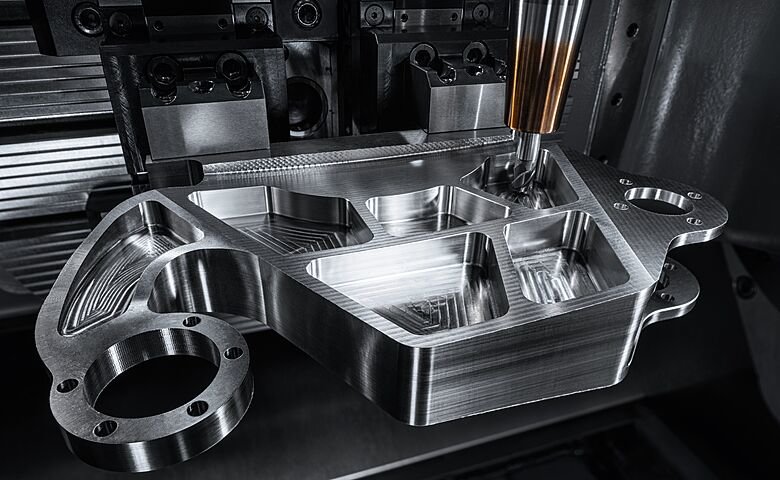metalworkingmag.com
17
'21
Written on Modified on
HERMLE News
MILL-TURN TECHNOLOGY FOR MORE EFFICIENT FLYING
Lower fuel consumption, less emissions, and significantly less noise – when it comes to achieving these goals in aircraft, the main focus is on their engines. Complex geometries, highly durable materials and uninterrupted process monitoring are decisive factors for safety and progress in manufacturing. Hermle's response to the demanding challenges involved in producing rotationally symmetrical engine components such as blisks is represented by the mill-turn variants of its High-Performance machining centers.

"Rotate!" – This command is issued when an aircraft's speed gives it enough lift to start the process of getting into the air. Amongst other things, this requires a certain wing design and the right airflows around it. These, in turn, are generated by the thrust from the aircraft's engines. Since the middle of the last century, most aircraft have been equipped with turbofan engines (also referred to as bypass-type power units). As with all jet engines, the propulsive power comes from air being forced out against the direction of travel. In a turbofan engine, there is a fan in front of the smaller-diameter compressor and combustion chamber. The fan is what can be seen of the engine from the outside. This fan blows a large proportion of the intake air past the core propulsion unit, making a contribution to the engine's total thrust. The fan is driven by the core propulsion unit, so the latter only provides part of the thrust directly, while the rest is provided indirectly via the fan.
Modern aircraft engines have several shafts and a gear system that allows the fan and the turbine to have different rotational speeds. The development and gradual optimization of turbofan designs has led to dramatic improvements in fuel efficiency and performance. One of the most important factors here is the bypass ratio that quantifies the amount of air flowing past the turbine compared with the amount of air flowing through it. While modern engines now have a bypass ratio in the range of 10:1, older ones still operate at around 5:1. In the future, engine designs will allow for a bypass ratio of 15:1 and significantly lower fuel consumption and noise emissions.
www.hermle.de

